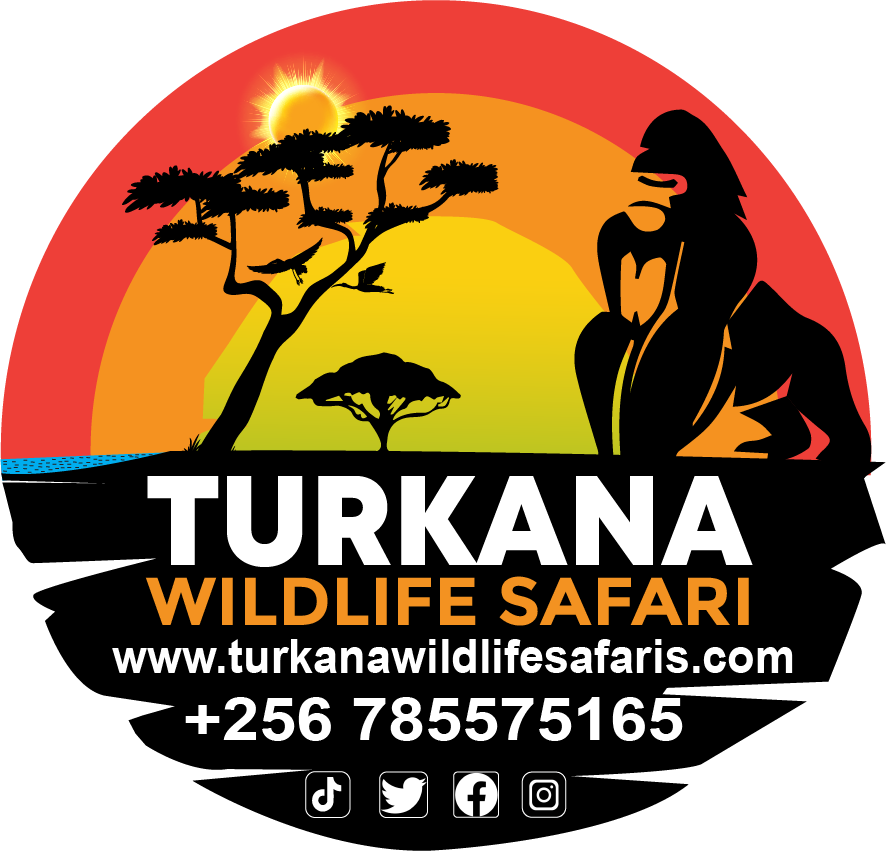
Serengeti National Park
Serengeti National Park is one of the most famous and iconic wildlife conservation areas in the world. It is located in northern Tanzania, covering an area of approximately 14,750 square kilometers (5,700 square miles). The park is renowned for its stunning landscapes, diverse ecosystems, and an incredible variety of wildlife.
Here are some key features and information about Serengeti National Park:
- Wildlife: The Serengeti is known for its abundant and diverse wildlife. It’s home to the “Big Five” (lion, leopard, elephant, buffalo, and rhinoceros) and many other species, including cheetahs, zebras, giraffes, hippos, and numerous bird species.
- The Great Migration: One of the most spectacular natural events in the world is the annual wildebeest migration, which takes place in the Serengeti. This migration involves millions of wildebeests, zebras, and gazelles moving in search of fresh grazing lands, and it’s a remarkable sight to witness.
- Landscape: The park’s landscape varies from open grass plains to savannah, wooded hills, and riverine forests. The Serengeti is also known for its large granite outcrops, known as kopjes, which provide a habitat for various wildlife.
- Conservation: Serengeti National Park is a UNESCO World Heritage Site and has been a protected area for over 90 years. Conservation efforts aim to preserve the park’s unique ecosystem and its wildlife populations.
- Tourism: Serengeti is a popular destination for safari enthusiasts and wildlife lovers. It offers a range of accommodations, from luxury lodges to camping sites, and various tour operators offer guided safaris.
- Cultural Heritage: The Maasai people, known for their distinctive clothing and traditions, live in the areas surrounding the Serengeti. Cultural tours and interactions with the Maasai are also a part of the Serengeti experience.
- Accessibility: The park is accessible by road and air. It’s part of the larger Serengeti ecosystem that extends into Kenya’s Maasai Mara National Reserve.
Serengeti National Park is an incredible place to observe and experience the wonders of the African wilderness and the diverse ecosystems it encompasses. It remains a symbol of the need for conservation and the beauty of the natural world.
- Ecosystem Diversity: The park is divided into several different ecosystems, each with its unique characteristics. These include the Serengeti plains, acacia woodlands, savannahs, and riverine forests. The diversity of ecosystems contributes to the wide range of wildlife species found in the park.
- Predator-Prey Dynamics: Serengeti National Park is famous for its predator-prey interactions. Lions are especially abundant in the park and are often seen hunting various herbivores such as wildebeests and zebras during the Great Migration.
- Birdlife: The park is home to over 500 species of birds, making it a paradise for birdwatchers. Some of the notable bird species found in the Serengeti include ostriches, vultures, eagles, and various migratory birds.
- The Great Migration: The Great Migration is a year-round event, as the animals are constantly on the move in search of food and water. The precise timing and location of the migration can vary from year to year due to factors like rainfall patterns, but it typically includes vast herds of wildebeests, zebras, and gazelles.
- Balloon Safaris: Visitors to the Serengeti can enjoy a unique perspective of the park through hot air balloon safaris. This allows for a serene and breathtaking aerial view of the landscape and wildlife.
- Conservation Challenges: Despite its protected status, the Serengeti faces various conservation challenges, including habitat loss due to human settlement and agricultural expansion, poaching, and managing the impact of tourism on the ecosystem. Conservation organizations and the Tanzanian government work to address these issues.
- Serengeti Research: The park has been the focus of extensive research on wildlife behavior, ecology, and conservation. Numerous scientists and organizations conduct studies in the Serengeti to better understand and protect its unique ecosystems.
- Safari Options: Visitors can choose from various safari options, including game drives, walking safaris, and even horseback safaris. Each provides a different way to explore and experience the park.
- Camping: For a more immersive experience, many campsites and lodges within the park allow visitors to camp, often in close proximity to wildlife. Some of these accommodations are designed to provide a more authentic and rustic safari experience.
- Weather: The Serengeti experiences distinct wet and dry seasons. The dry season, from June to October, is the best time for wildlife viewing, as animals are concentrated around water sources. The wet season, from November to May, is the time of the wildebeest calving season.
Serengeti National Park is not just a destination for wildlife enthusiasts but also a place where you can connect with the natural world and experience the awe-inspiring beauty of African landscapes and ecosystems. It remains a symbol of the importance of protecting our planet’s biodiversity.
